Working with Data Sources & Workflows
In the following guide you will learn about Data Sources & Workflows in TE Reporting.
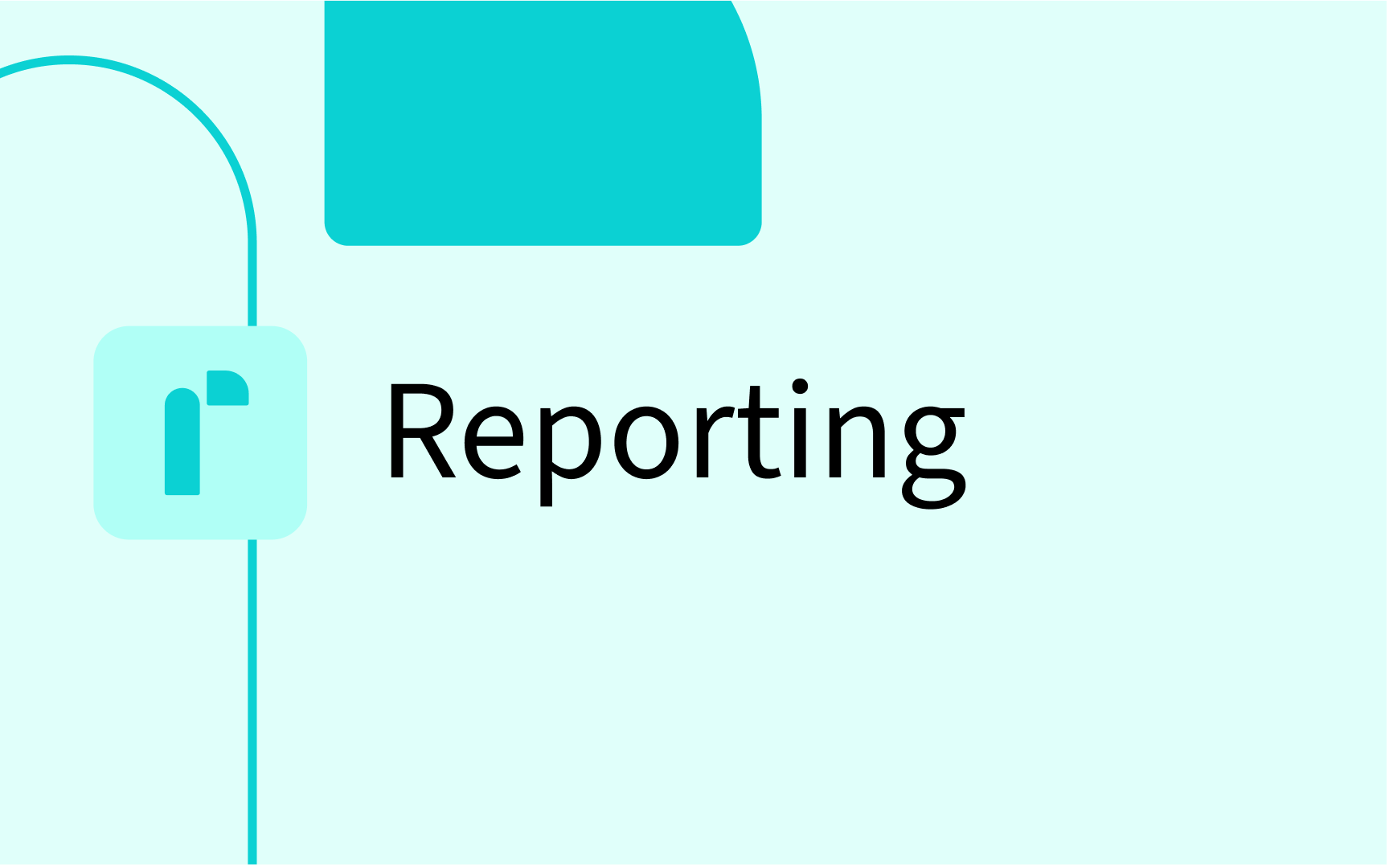
Creating and editing data sources
Creating and editing data sources
What is a data source
What is a data source
Data sources are the primary building blocks of TE Reporting. They control what data goes into the report. They tell the application some of the most fundamental parameters:
- Which type of input data to use (reservations, orders, exams, forms, sensor data)
- The input configuration for each respective input (which types and objects are you interested in, over what period of time, etc.)
Viewing all data sources
To view all data sources, click on the Data sources icon in the menu:
.png)
This will take you to an overview of all your data sources
.png)
- To create a new data source, click the 'Create new' button in the top right corner
- To edit an existing data source, click the 'View' button in the data source's row
- To copy or delete a data source, click the 'More' button in the data source's row, and select the appropriate action
Creating or editing a data source
Creating or editing a data source
Once you've clicked 'View' on an existing data source, or pressed the 'Create new' button, you will be taken to the detail page for that specific data source. It contains two tabs:
.png)
Configure General settings
Under the 'General' tab, you can configure the name and description of the data source
.png)
Configuring the data source's inputs
Configuring the data source's inputs
What is a data source input
Data source inputs are preconfigured connectors to each available TimeEdit application. Depending on which package you have, you can access reservation data, order data, exam data, form data, and activity data.
One data source can contain multiple data source inputs. By default, each data source input will be fetched and outputted as separate report sheets, but you can easily merge, group and adjust the data using the Data Transformation tab in your workflow.
Adding a data source input
To add a new input, navigate to the 'Inputs' tab, and click the 'Add input' button in the right corner
.png)
General configuration of a data source input
All the data source inputs have two parameters in common; name and source type. The name identifies the data source, whereas the source type determines which type of data should be fetched, and the rest of the configuration settings
.png)
💡 To delete a data source input, click the trash icon button in the top right corner of the data source input
Available source types and source type specific configuration
Depending on your configuration and package, you might have access to all or a subset of the following source types:
- Schedule generator
- Reservations
- Orders
- Exams
- Activities
- Forms
Creating and editing workflows
Creating and editing workflows
What is a workflow
What is a workflow
If data sources answer the question WHAT should be in my report, the Workflow answers the questions HOW and WHEN.
A workflow contains all the instructions for TE Reporting to be able to create a report, including which data source to use, which transformations to apply, who to notify, and when to execute it.
Viewing all workflows
To view all data sources, click on the Workflow icon in the menu:
.png)
This will take you to an overview of all your workflows
.png)
- To create a new workflow, click the 'Create new' button in the top right corner
- To edit an existing workflow, click the 'View' button in the workflow's row
- To copy or delete a workflow, click the 'More' button in the workflow's row, and select the appropriate action
💡 Note: if the workflow has an active recurrence scheduled, you will have to resave the workflow to activate the scheduling
Creating or editing a workflow
Creating or editing a workflow
Once you've clicked 'View' on an existing workflow, or pressed the 'Create new' button, you will be taken to the detail page for that specific workflow.
At the top of the workflow, you see a toolbar containing some of the most commonly used actions for a workflow:
- View reports: view all reports that have been generated by the workflow
- Run: run the workflow to generate a new report
- Save: save your changes
- Delete: delete the workflow
.png)
Below the toolbar you have access to a number of configuration tabs, with each tab controlling one part of the workflow's behavior:
- General: basic workflow information, such as name, data source, output type
- Report design: control the output from each data source input including selecting which data to include and the usage of a report template
- Data transformation: execute custom code on the input data from the data source to transform the report layout and content (optional)
- Widget configuration: configure the layout settings if your report is a dashboard widget (optional - only available for output type Widget)
- Recurrence: schedule the workflow to run automatically on certain days (optional - requires separate configuration, see details below)
- Notifications: configure who should receive notifications of successful and failed report runs (optional)
- Logs: shows an overview of all runs of the workflow that have been executed, along with the status, a link to the report and detailed logging of the execution
Running a workflow
Once your workflow is configured, you are ready to generate a report. To do this, simply click the 'Run' button. TE Reporting will notify you of any unsaved changes you might have, and ask you to save them before running, or to execute the run immediately without saving the changes.
When you run a workflow, the workflow is put into a queue. A dedicated service is responsible for picking items from the queue and executing the run. Depending on the current workload, it might take a couple of seconds up to a minute before your workflow is moved from the queue into execution. Don't worry however, the service picks item from the queue strictly based on how long it's been queued, and it will shortly get to yours.


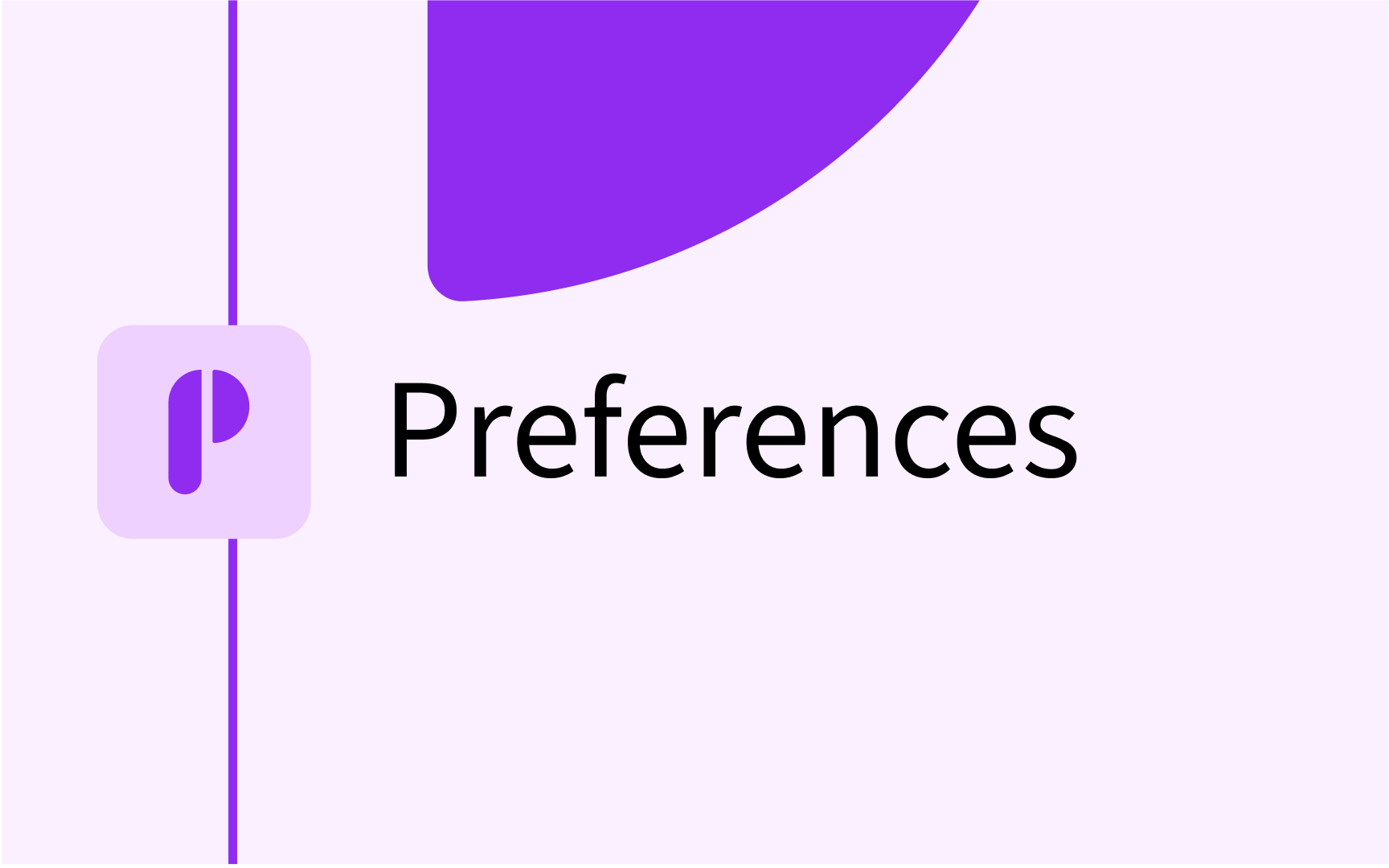


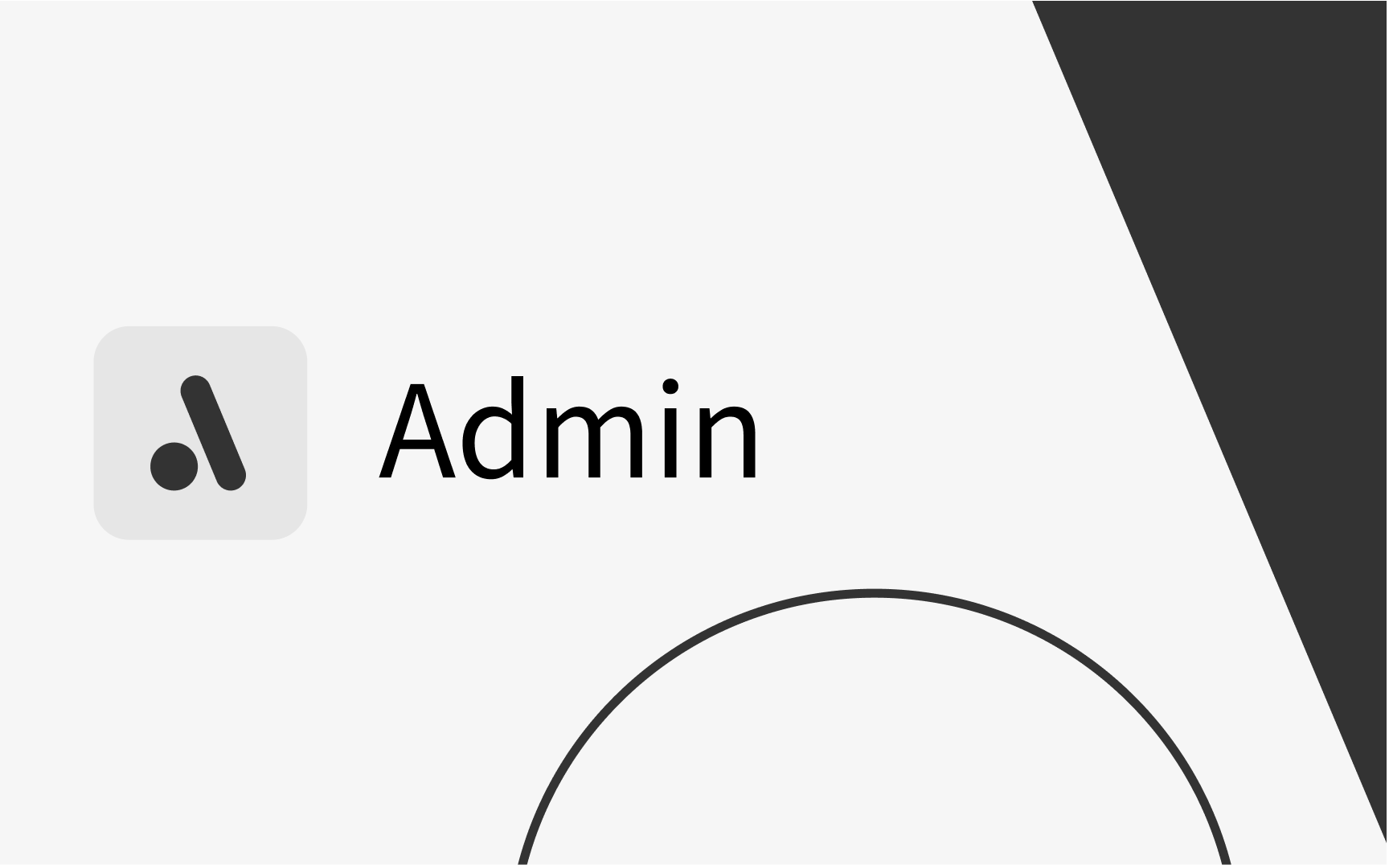
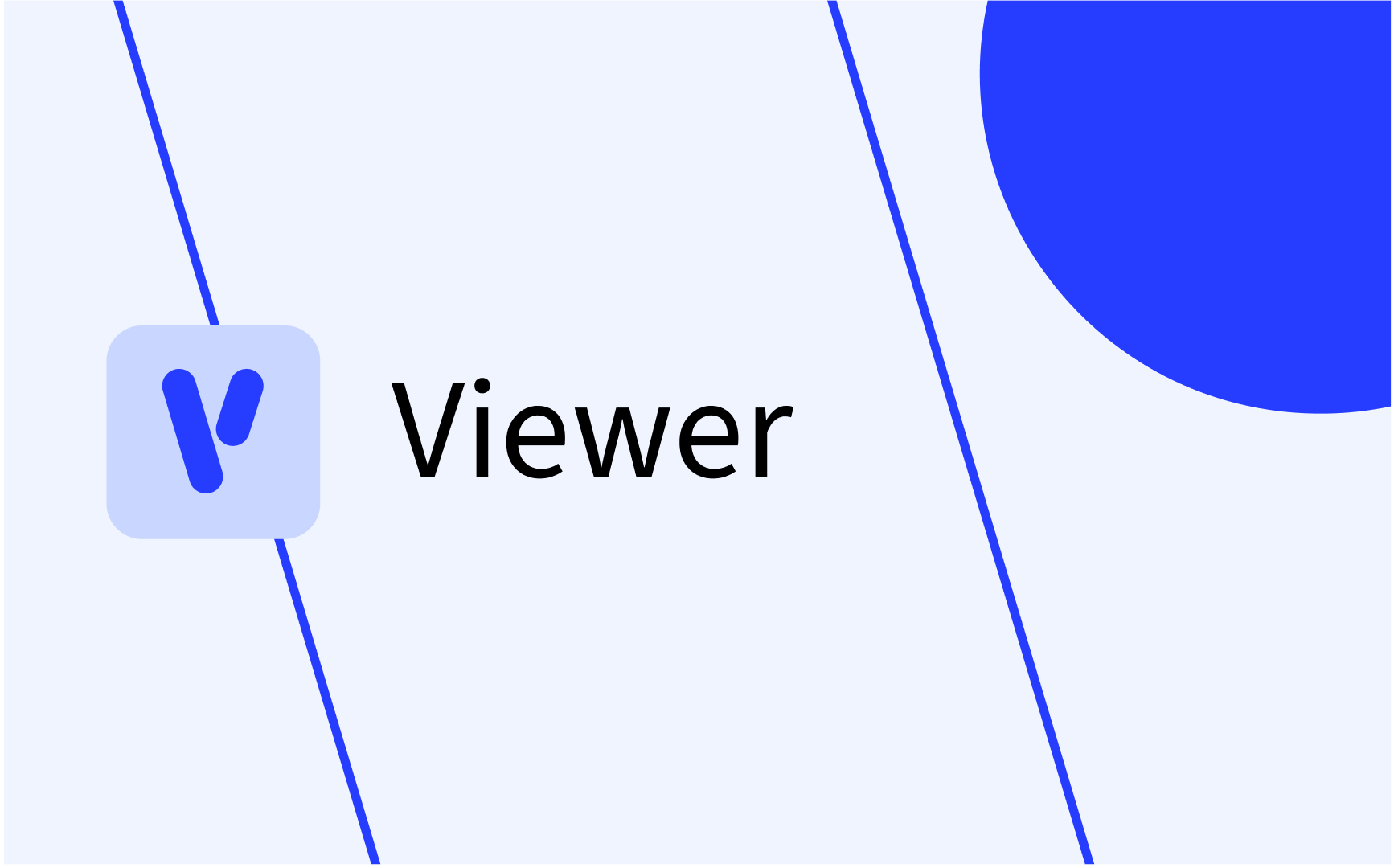
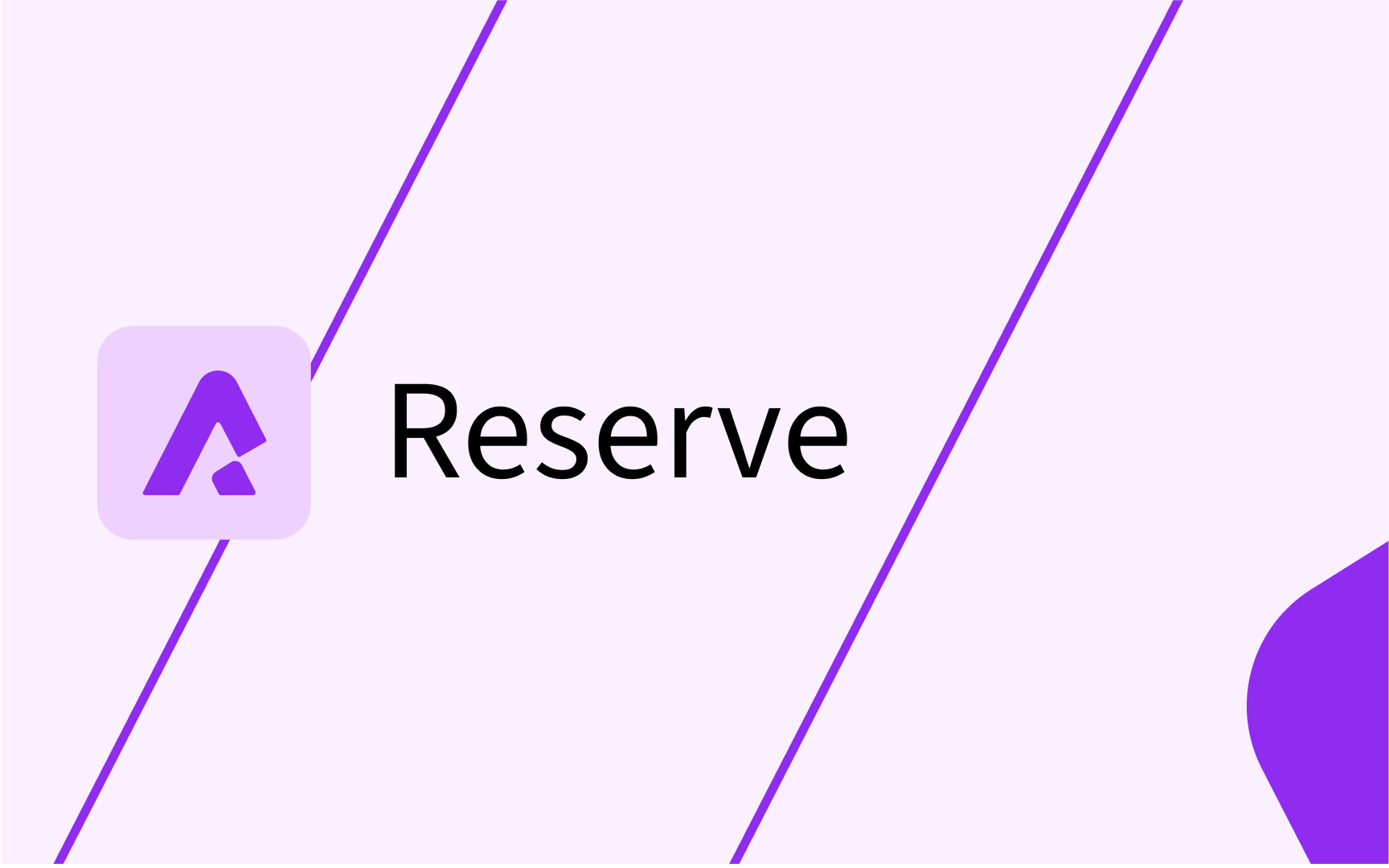
.png)